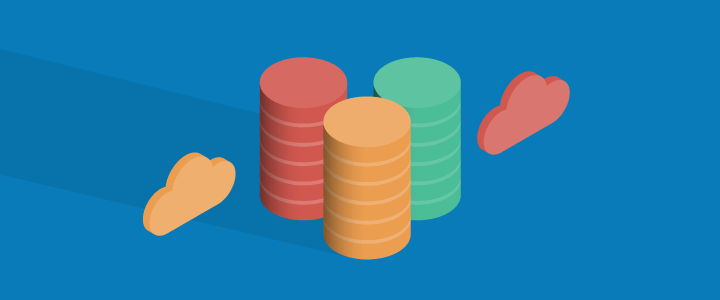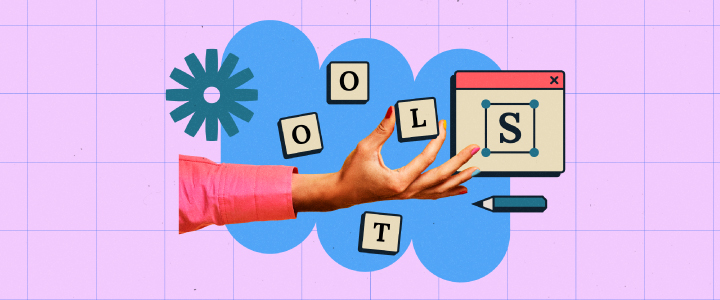
3 min reading time
What is an LRS?
A Learning Record Store, or LRS, is a system that’s used in conjunction with xAPI to collect, store and retrieve people’s learning experiences.
xAPI is an eLearning specification that makes it possible to collect learning data from a wide array of sources. Sometimes this is described as the xAPI ecosystem.
Storing the learner experiences, or statements, in this way allows the data to be presented in a way that makes it accessible and easy to interpret.
There are a number of LRS systems to choose from including:
LearnUpon supports integration with each of these systems.
How does it work?
An LRS uses xAPI to collect learner data, or experiences, from both online and offline sources. These experiences are reported back to the LRS in the form of xAPI statements, where they are stored. These statements can then be retrieved for reporting and interpretation of the learner data. Typically an LRS will provide dashboards and reporting functions built specifically for these purposes.
xAPI generates statements in the following structure: [actor/noun] [verb] [object]
What is the difference between an LRS and an LMS?
The main difference between these two systems is the LRS is primarily in place to track and store xAPI statements whereas the LMS, in addition to managing all your learning needs, tracks and reports the statements through its own native reporting. It’s also possible to forward the data from an LMS to an LRS if needed. It’s important to note that an LRS is not a replacement for an LMS or vice versa.
Features provided by an LRS
- Receiving, storing, and returning xAPI statements
Features provided by an LMS
- User management
- Course content management
- Course content delivery
- Social features e.g. forums
- Activities e.g. quizzes
- Scheduling events e.g. face to face training
- Certification
- Reporting
It’s important to note that LMS providers may build an LRS into their overall LMS product. But ultimately, you don’t have to have an LRS to generate reports, you should be able to do that within your LMS. For example, with LearnUpon’s learning management system it’s possible to store, track and report xAPI statements without the need for a Learning Record Store.
However, as mentioned previously, these statements can be forwarded from LearnUpon to your LRS of choice where you can report on, and crunch, your xAPI data in the format you require.
While building an LRS into an LMS is possible, we believe that it’s best to focus on the learning and course content and leave the management of xAPI data to a system that’s specialized in such data. Taking this approach also opens LearnUpon up to lots of current LRS users who might now want to expand the functionality available to them when it comes to assigning and tracking course content by implementing an LMS.
Do you need an LRS?
One of the big questions that came with the arrival of the LRS is whether you need one or not. The answer to that question depends on your goals, objectives, and resources. An LMS and an LRS occupy the same xAPI ecosystem but do very different things within it.
Generally speaking, you’ll need an LRS if you want to track a large number of learning activities from a multitude of sources. Collecting all of these activities gives you more data points to analyze. It’s big data for eLearning. If you don’t generate this number of ‘touchpoints’ then there’s no need for an LRS.
It only makes sense to invest in an LRS if you have a large number of activities taking place, or a very large number of users to track. Otherwise, you won’t generate enough data for any meaningful analysis to be possible.



